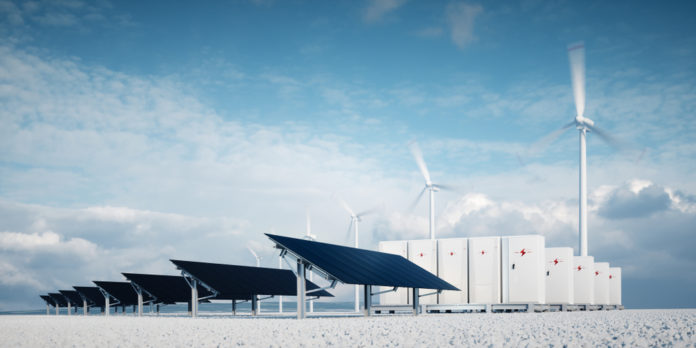
The world is undergoing what has been identified as a “grand energy transition” from solid, high-carbon energy sources that are unsustainable to virtually limitless renewable, low-carbon energy sources that are clean and sustainable. And there is absolutely no doubt that energy storage will be a key factor in this transition.
As global acceptance of the need for renewable energy continues to increase, so too does the need for acceptable, affordable electrical energy storage (EES). Apart from anything else, energy storage is a necessary component required for excess energy to be sold to the grid, as well as to ensure that whatever renewable energy is produced, but not used immediately, can be utilized at peak times if and when the grid is struggling to cope with demand.
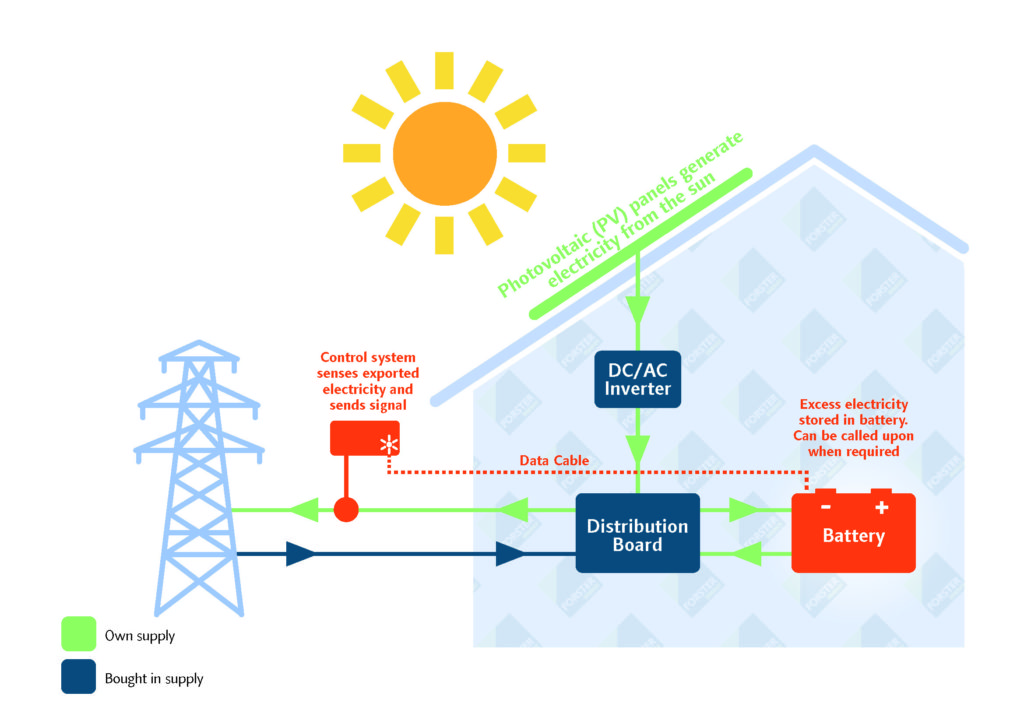
The International Energy Association (IEA) has used a large-scale simulation World Energy Model (WEM) to provide medium to long-term projections regarding energy since 1993. While it doesn’t try to forecast what is going to happen in the future, it does explore the different possibilities based on what could happen.
Research shows that the installed capacity of EES is increasing at an exponential rate globally, and any experienced electrical engineer, like ones from ny-engineers.com, will acknowledge this.
What he or she may not know is that, according to the IEA, energy storage is one of the very few technologies that are on track in terms of the IEA Sustainable Development Scenario (SDS) that aims to transform the global energy system as quickly as possible to help limit the rise in global temperatures caused by climate change.
Importantly, the SDS as a whole is not on track to achieve the energy-related outcomes required specifically in terms of:
- Achieving universal access to energy by 2030
- Reducing the severe health impacts that result from air pollution
- Tackling climate change
This was confirmed in a WEM report released in November 2019, which extended the SDS to 2050.
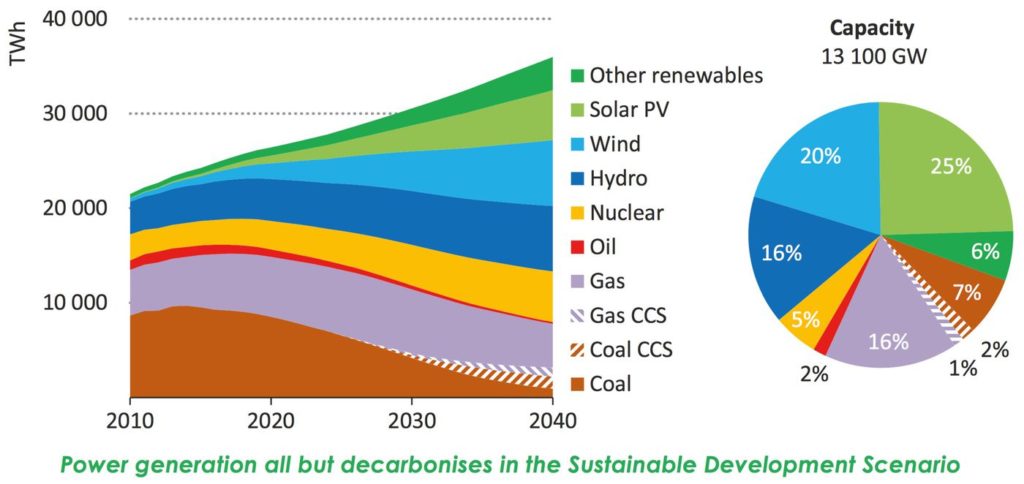
The Sustainable Development Scenario
The IEA SDS, which is part of the WEM, maps out various ways that sustainable energy goals can be met in accordance with the Paris Agreement developed to deal with the mitigation of greenhouse gas emission, and signed within the United Nations Framework Convention on Climate Change in 2016. As such, the SDS supports broader development efforts that focus on cleaner air and access to energy rather than most other scenarios that focus on decarbonization.
The ultimate aim of the SDS is to achieve “a cleaner and more inclusive energy future” and pioneer the transformation of our largely noxious global energy system to meet the needs of a Sustainable Development Scenario. Its vision is pragmatic and ambitious and is presented in the form of Sustainable Development Goals (SDGs) that address the energy-related outcomes mentioned above. Additionally, it has a strong emphasis on affordability and energy security.
Of course, the very fact that universal access to modern energy is right at the top of the SDS agenda will inevitably lead to an increase in carbon dioxide emissions, but the report states this will be minuscule – only 0.1% – and will easily be offset by decreased methane emissions when the use of traditional biomass stoves is substantially reduced.
All-in-all, the global transition to a low-carbon economy will result in a much more efficient energy system that will rely less on fuel combustion and shift more and more to renewable energy. While the IEA’s initial 450 Scenario, published way back in 2008, relied on carbon capture, utilization and storage (CCUS) and nuclear, the current SDS relies heavily on solar and wind power. The projected goal figures have virtually reversed from CCUS and nuclear generating about 7100 terawatt-hours (TWh) and wind and solar generating 3600 TWh in the initial report, to 8100 Twh for wind and solar and 3900 TWh for CCUS and nuclear in the most recent one.
Additionally, the predictions are that renewables-based power will more than double between 2019 and 2050, which will, in turn, require additional investment on battery storage and electricity grids. This is one of the major reasons that the ongoing challenges of electrical energy storage are so important.
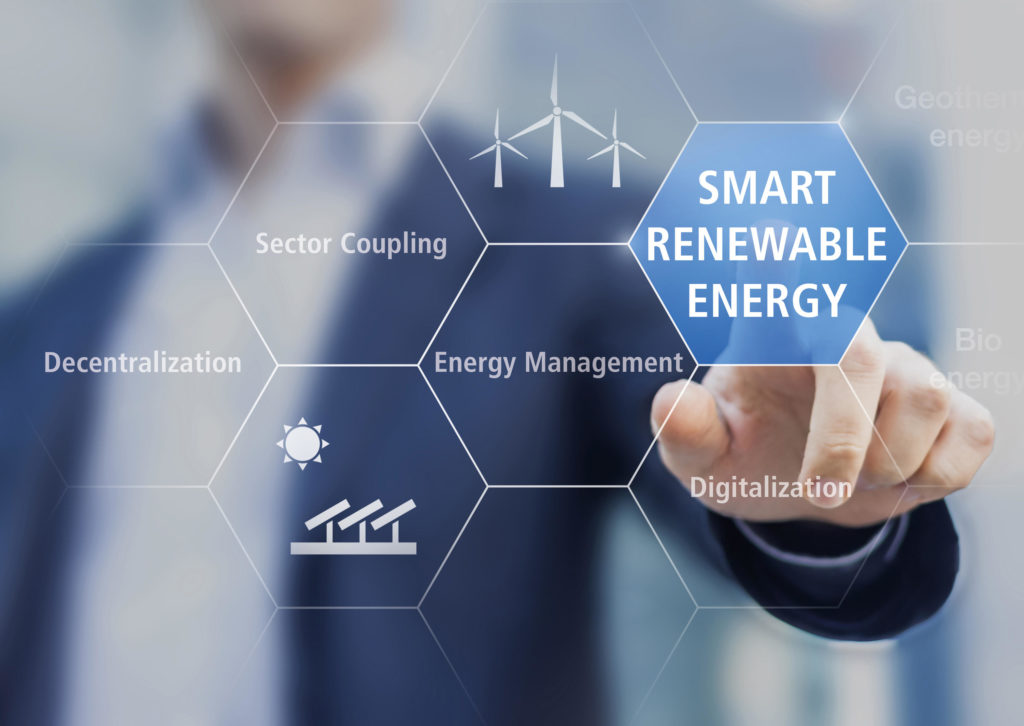
The Importance of EES in Energy Transition
According to the IEA, the utilization of energy storage reached a record level in 2018, nearly double what it had been in 2017. While governments and energy utilities continue to create grid-scale storage, behind-the-meter (BTM) storage, primarily in the form of lithium-ion batteries, nearly trebled during this time as costs for battery storage have decreased.
The World Energy Council discussed the role of storage in the energy transition in its Energy Storage Monitor Latest trends in energy storage – 2019, and its importance is undeniable.
To understand this, it’s important to realize that renewable energy resources like the sun and the wind provide intermittent supplies of energy. Quite simply, the wind doesn’t blow all the time and the sun doesn’t shine all the time. This means that the production of sustainable energy doesn’t always correspond with demand.
Improved technology for storing electrical energy so that it is constantly available to meet universal demand would represent a major breakthrough in the effective distribution of electricity.
In fact, as the global shift to sustainable energy gains increasing momentum, energy storage has become a key component that will enable the so-called grand transition. It doesn’t take rocket science to realize that as we rely more and more on renewables, and less on fossil fuels like coal, oil, and natural gas, we need to increase the capacity to store the renewable energy produced so that it is available when we need it.
In essence, consumers will become less reliant on a secure, stable supply of electricity from a utility provider if they can store backup energy in their home and office environments. But for the integration of renewable energy storage to succeed, strategies are going to have to change.
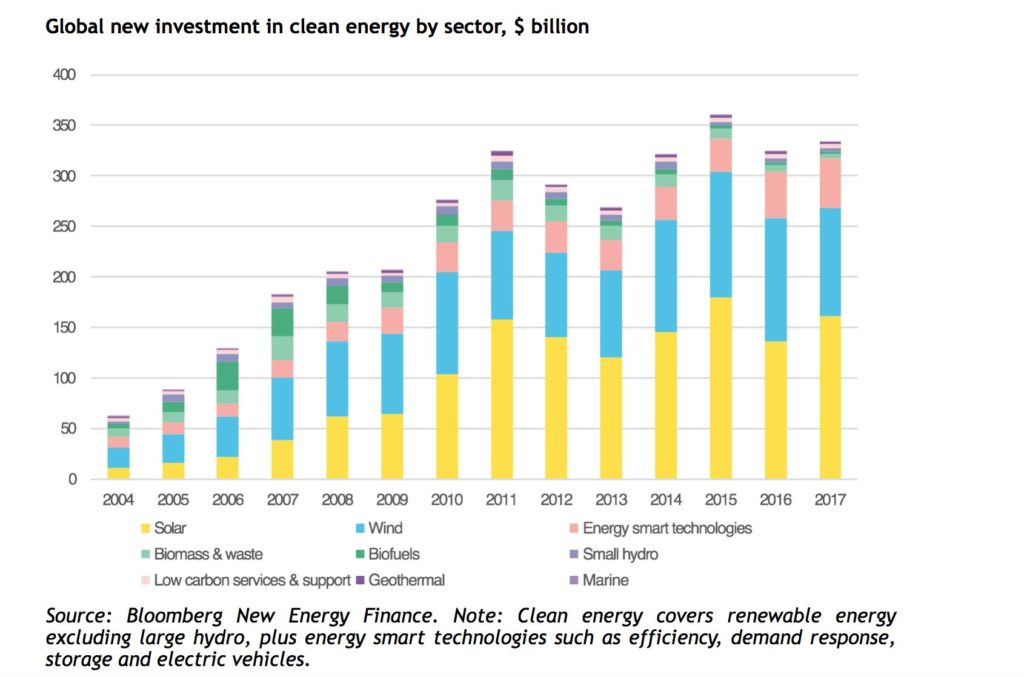
The Missing Link For a 100% Renewable Energy Market
Having seen just how important electrical energy storage is for the grand energy transition, it becomes clear that low-cost energy storage is the missing link. Without it, we’re unlikely to ever achieve a national, let along global, 100% renewable electricity market.
There are several initiatives and actions that are helping to drive down these costs, including:
- Regulatory reforms that have, to an extent, helped to stimulate the development of international energy storage markets which have already reduced costs through increased competition and cost advantages.
- Increased global demand for electronic goods and electric vehicles which has resulted in increased investments in the manufacture of battery-packs.
- A decrease in the cost of hardware required for efficient energy storage, including inverters.
- Engineering, procurement, and construction (EPC) costs which have decreased as companies offering mechanical engineering services and various energy-related solutions in this sector have gained more experience and streamlined their processes.
- The fact that as the costs of utility-scale storage costs have continued to decrease so too have the long-term costs of supplying electricity to the grid from lithium-ion batteries.
According to the World Energy Council, annual revenue from electrical energy storage connected to utility-scale solar and wind power is expected to be at least $9.6 billion by 2026. It is anticipated that the revenue for BTM installations will amount to even more by this time, with estimates of more $13 billion.
However, the reality is that even with rapidly decreasing costs, EES systems are still relatively expensive and unless consumers get government support or low-cost financing, they need to make a significant investment upfront. This continues to be a significant challenge.





